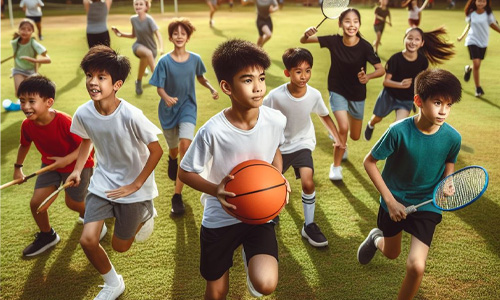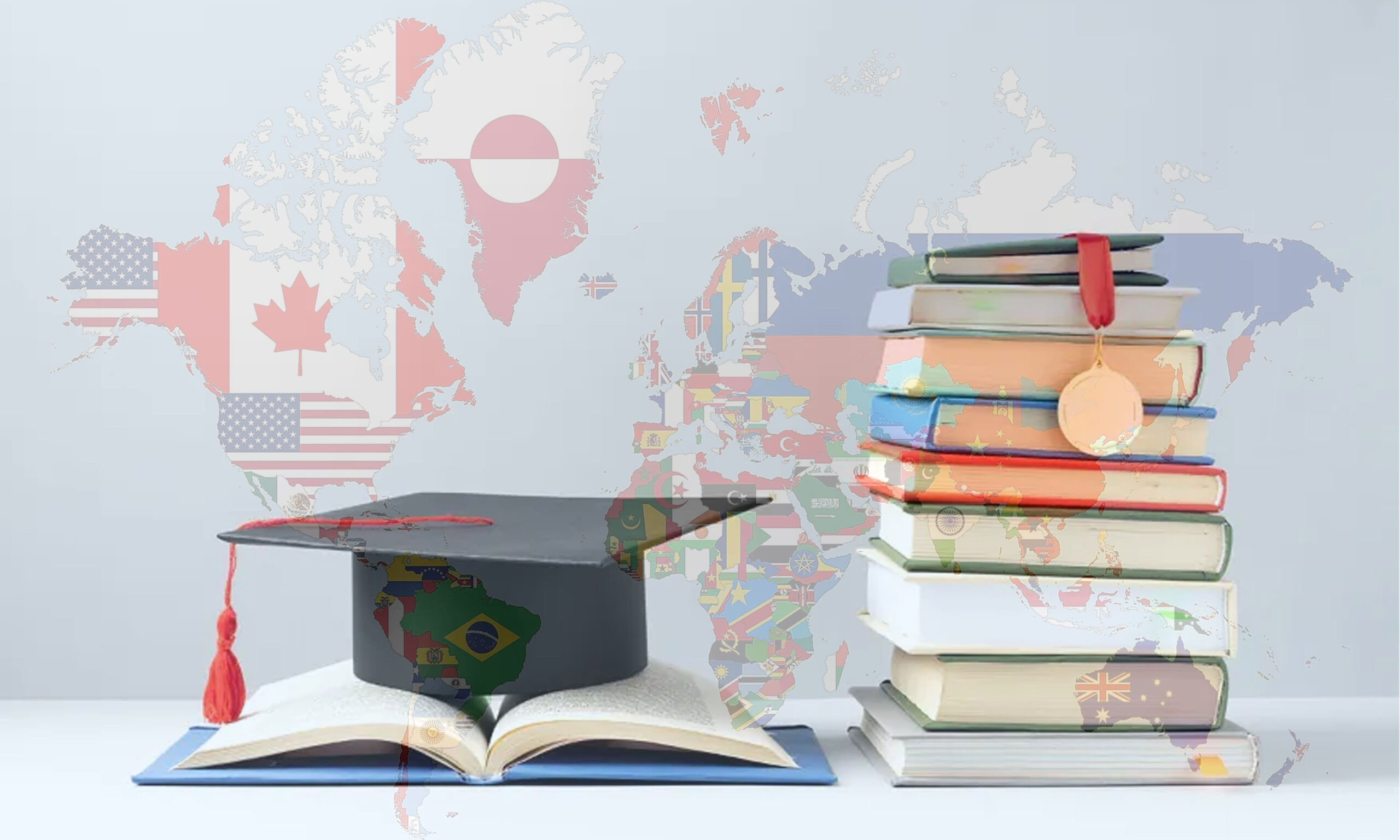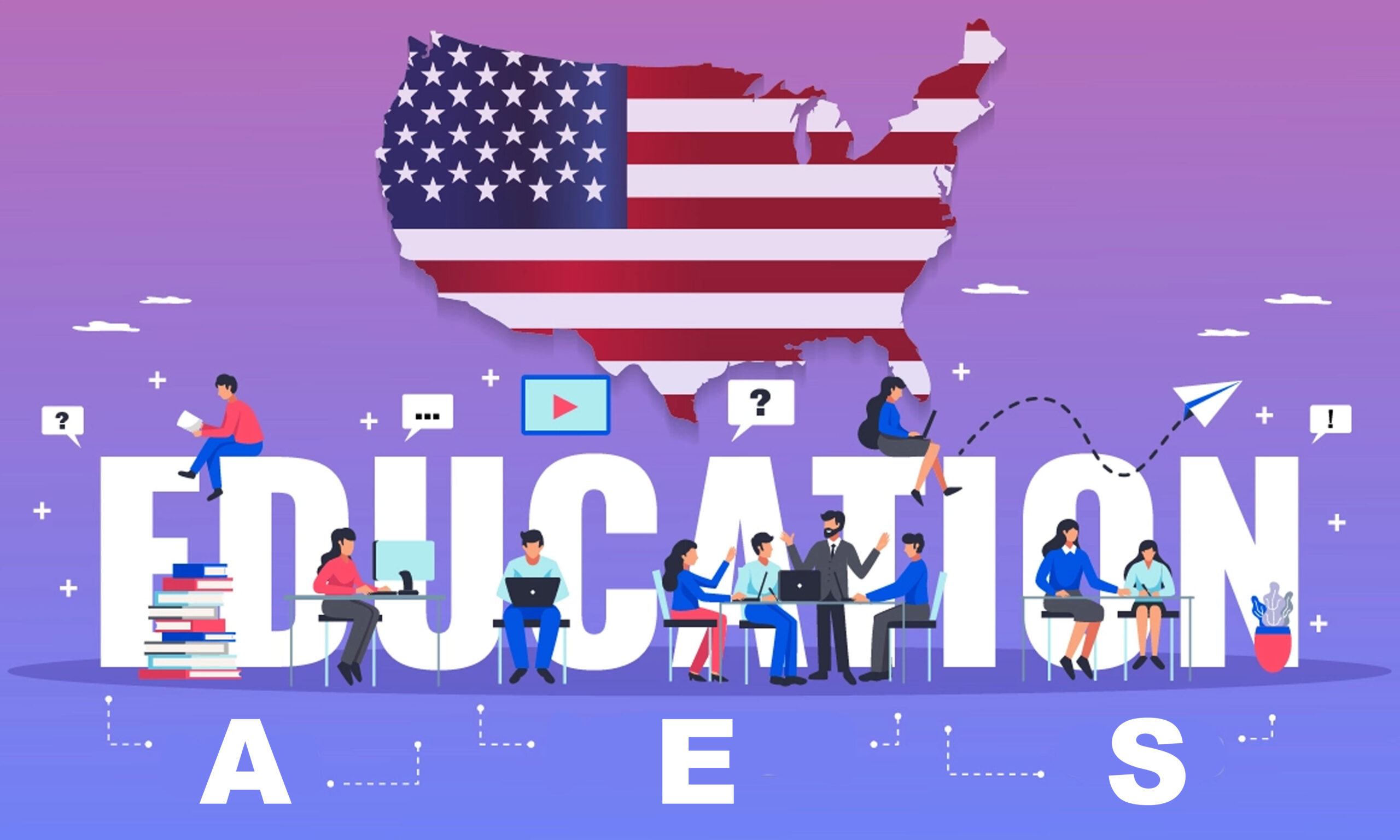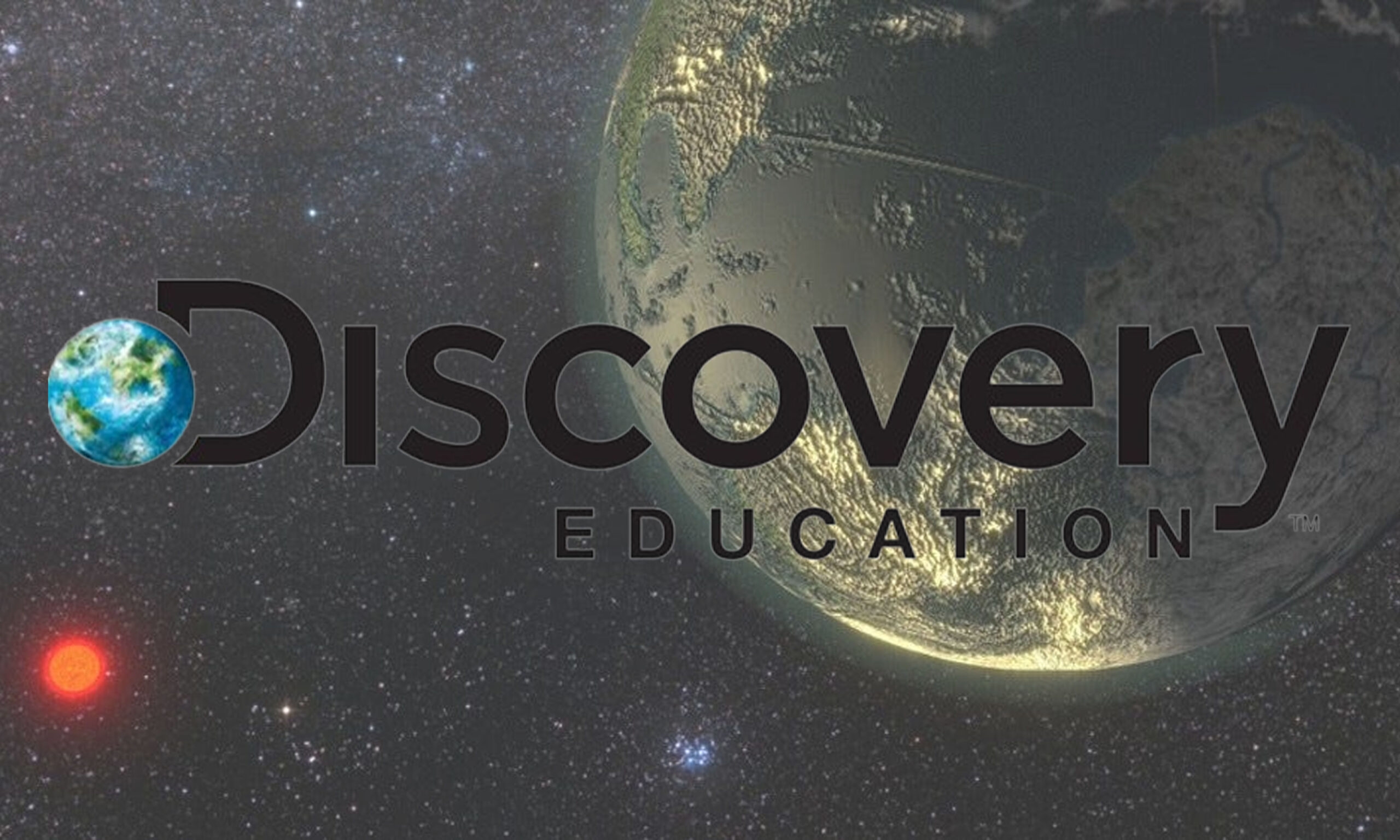What is Physical Education | PE Benefits-24

Physical education (PE) is vital to a well-rounded education system, focusing on developing and maintaining physical fitness and overall health. It has evolved, encompassing various activities to enhance physical well-being and cognitive and social skills.
Introduction
Definition and Importance
Physical education is more than just organized sports and exercises; it is a structured approach to promote physical health and overall well-being. It plays a pivotal role in the holistic development of individuals, fostering habits that contribute to a healthy lifestyle.
Evolution of Physical Education
Over the years, physical education has evolved from simple drills to comprehensive programs that address various aspects of an individual’s development. From traditional activities to incorporating modern techniques, PE has adapted to changing times.
Key Components of Physical Education Programs
Physical Fitness
At its core, physical education aims to enhance physical fitness. This includes activities that improve cardiovascular health, muscular strength, flexibility, and endurance. The goal is to instill habits that contribute to a lifetime of health.
Motor Skills Development
Physical education programs focus on refining motor skills helping individuals develop coordination, balance, and agility. These skills are not only crucial in sports but also in daily activities.
Cognitive and Social Development
Beyond the physical aspects, PE contributes to cognitive and social development. Team sports, for example, teach collaboration and communication, while various activities enhance problem-solving skills.
Benefits
Physical Health
Regular physical activity reduces the risk of chronic diseases, promotes a healthy weight, and improves overall physical health. PE establishes the foundation for a healthy lifestyle.
Mental Well-being
Physical activity has proven benefits for mental health, reducing stress, anxiety, and depression. PE programs create an environment where students can unwind and boost their mental well-being.
Social Skills Improvement
Participating in team sports and group activities fosters social skills. Students learn to work with others, communicate effectively, and develop a sense of teamwork and camaraderie.
Curriculum and Structure of Physical Education Programs
Elementary, Middle, and High School Levels
Physical education is integrated into the curriculum at various education levels. It starts at the elementary level, focusing on fundamental skills, and progresses through middle and high school with more specialized activities.
Inclusion of Various Sports and Activities
PE programs encompass various sports and activities, ensuring students are exposed to multiple options. This inclusivity helps them discover their interests and find enjoyment in physical activities.
Challenges
Lack of Resources
One significant challenge is more resources, including equipment, facilities, and qualified instructors. Addressing this issue is crucial to providing quality physical education to all students.
Technological Impact
Balancing screen time with physical activity is challenging in an age dominated by technology. PE programs need to adapt and incorporate beneficial technology while encouraging active lifestyles.
Addressing Diverse Needs
Students have diverse abilities and interests. Adapting PE programs to cater to these differences is essential to ensure that every student benefits from physical education.
Innovations in Physical Education
Integrating Technology
Incorporating technology, such as fitness trackers and virtual reality, can make physical education more engaging and relevant to today’s tech-savvy students.
Gamification of Activities
Gamifying physical activities adds fun and competition, motivating students to participate and enjoy learning actively.
Adaptive Physical Education
Tailoring physical education to accommodate students with diverse abilities ensures that everyone can participate and benefit from the program.
Role of PE in Academic Performance
Studies and Research Findings
Research consistently shows a positive correlation between physical activity and academic performance. PE contributes to improved focus, concentration, and overall cognitive function.
Holistic Development of Students
Physical education supports the holistic development of students, addressing not just their physical health but also their mental and emotional well-being, creating well-rounded individuals.
Promoting Inclusivity:
Addressing Diverse Abilities
Adapting activities to accommodate diverse abilities ensures that everyone, regardless of physical limitations, can participate and enjoy the benefits of physical education.
Gender Inclusivity
Promoting gender inclusivity in sports and activities encourages both boys and girls to participate, breaking down stereotypes and promoting equality.
Encouraging Participation
Creating a supportive and encouraging environment is essential to foster participation. PE programs should focus on making activities enjoyable for all students.
The Connection Between PE and Lifelong Health
Establishing Healthy Habits Early On
PE programs are crucial in establishing healthy habits from a young age. The importance of regular physical activity sets the foundation for a lifetime of health.
Reducing Sedentary Lifestyles
With the rise of sedentary lifestyles, physical education becomes a powerful tool in combating issues like obesity and related health problems by encouraging an active lifestyle.
Government Initiatives and Policies
Support for PE in Schools
Governments play a vital role in supporting physical education through policies that allocate resources, provide training for instructors, and ensure that schools prioritize PE programs.
Funding and Resources Allocation
Adequate funding and resource allocation are essential to maintaining high-quality physical education programs. Governments should invest in facilities, equipment, and training for instructors.
Community Involvement:
Parental Roles
Parents play a crucial role in supporting physical education. Involvement in their child’s activities, encouraging active lifestyles at home, and advocating for quality PE in schools contribute to overall success.
Community Sports Programs
Beyond school, community sports programs offer additional opportunities for physical activity. Collaboration between schools and community organizations enhances the overall impact of physical education.
Adapting PE to Modern Lifestyles
Virtual and Remote Options
Adapting to modern lifestyles, virtual and remote options for physical education can provide flexibility, allowing students to engage in activities outside traditional school hours.
Balancing Screen Time with Physical Activity
Acknowledging the prevalence of screen time, PE programs can educate students on balancing technology use with physical activity, promoting a healthier lifestyle.
Global Perspectives on PE
Varied Approaches in Different Countries
Different countries approach physical education in unique ways, showcasing a variety of successful models. Learning from global perspectives can contribute to the improvement of PE programs.
Professional Development for PE Instructors
Continuous Learning and Training
Physical education instructors should undergo continuous learning and training to stay updated on the latest research, teaching methodologies, and best practices in the field.
Staying Updated on Best Practices
Remaining informed about best practices ensures that instructors provide high-quality education, adapt to evolving standards, and incorporate innovative approaches.
Conclusion
In conclusion, physical education is not just about sports; it is a cornerstone for the holistic development of individuals. From physical fitness to cognitive and social skills, PE programs contribute significantly to the well-being of students. Continued support for physical education, addressing challenges, and embracing innovations will ensure a brighter and healthier future for future generations.
FAQs
Why is PE important in schools?
-
- Physical education promotes students’ overall health, cognitive development, and social skills. It establishes habits that contribute to a healthy lifestyle.
How can technology be integrated into PE programs?
-
- Technology can be integrated through fitness trackers, virtual reality, and gamification, making PE more engaging and relevant to modern students.
What role do parents play in supporting PE?
-
- Parents play a vital role by encouraging active lifestyles at home, participating in their child’s activities, and advocating for quality PE in schools.
How does physical education contribute to academic performance?
-
- Research shows a positive correlation between physical activity and academic performance. PE enhances focus, concentration, and overall cognitive function.
Are there global variations in PE approaches?
-
- Yes, different countries have unique approaches to physical education, showcasing diverse models that can offer insights and improvements.




